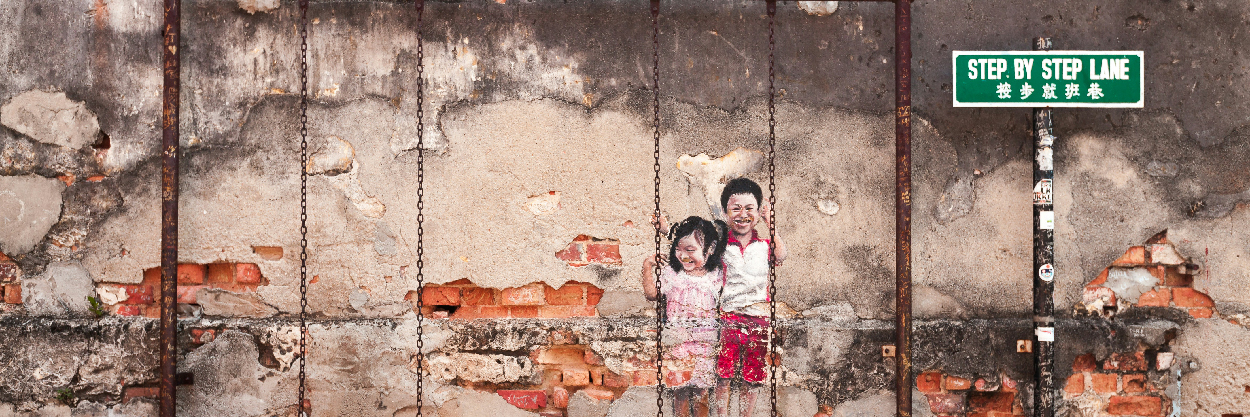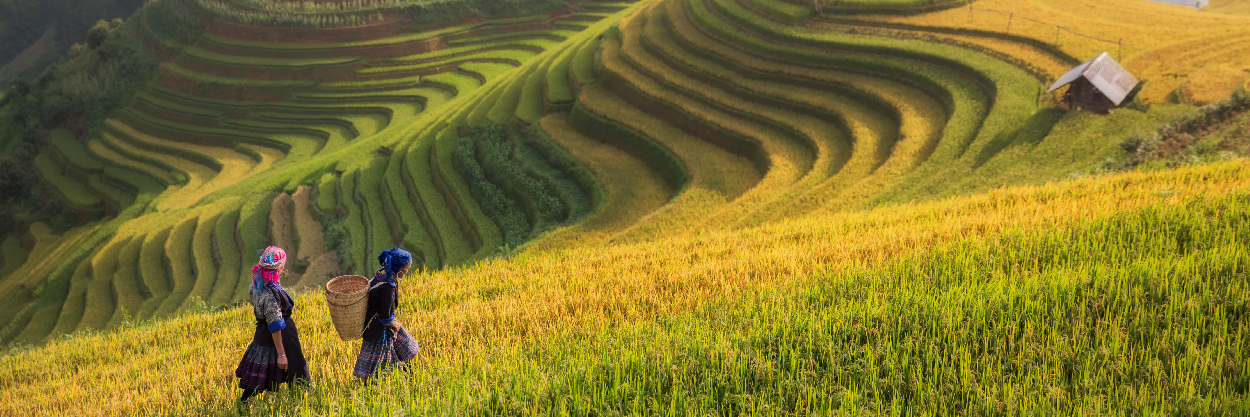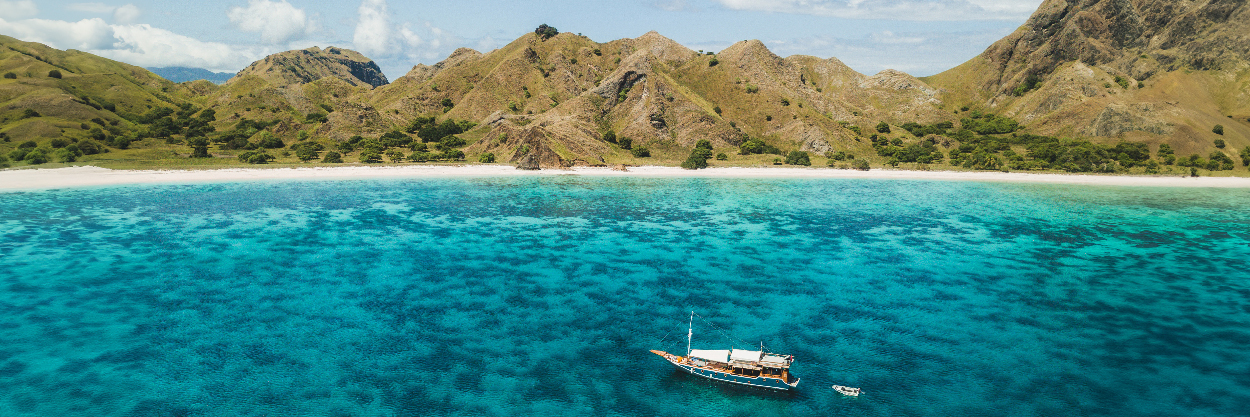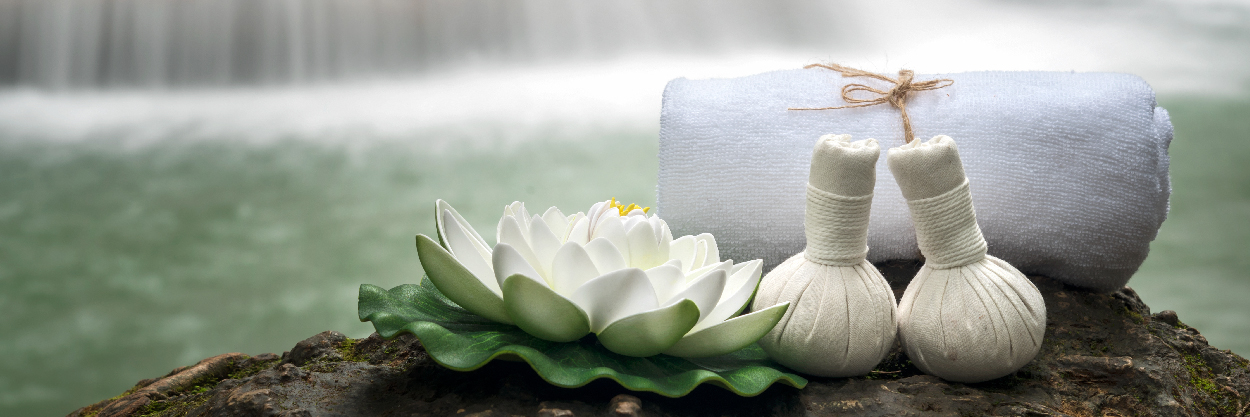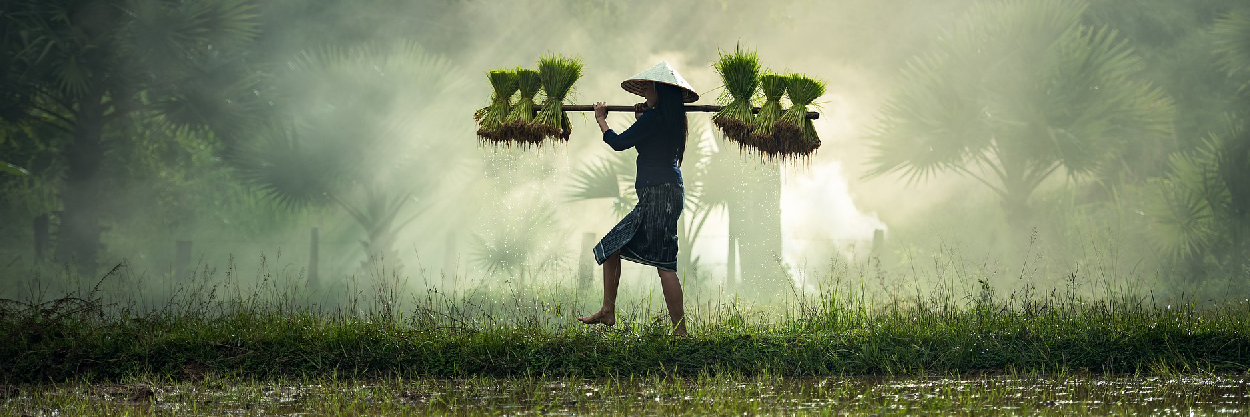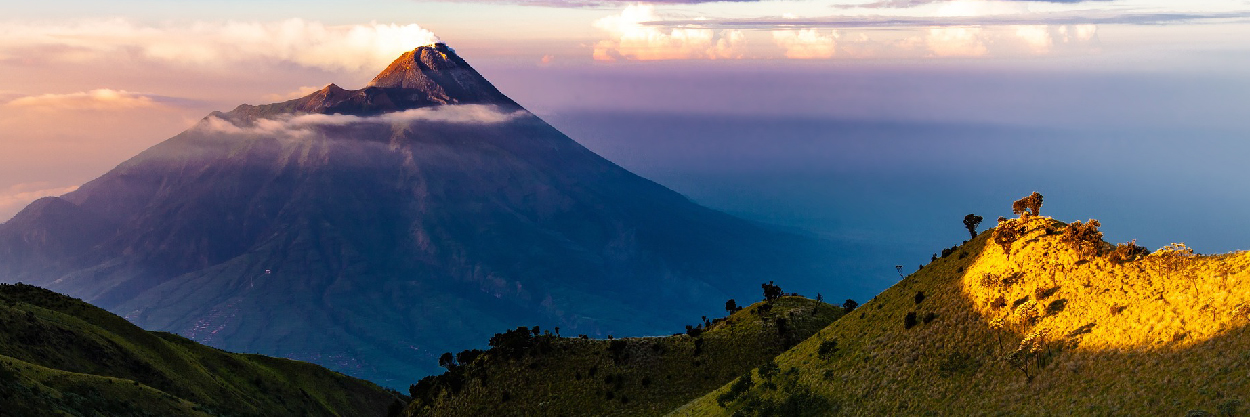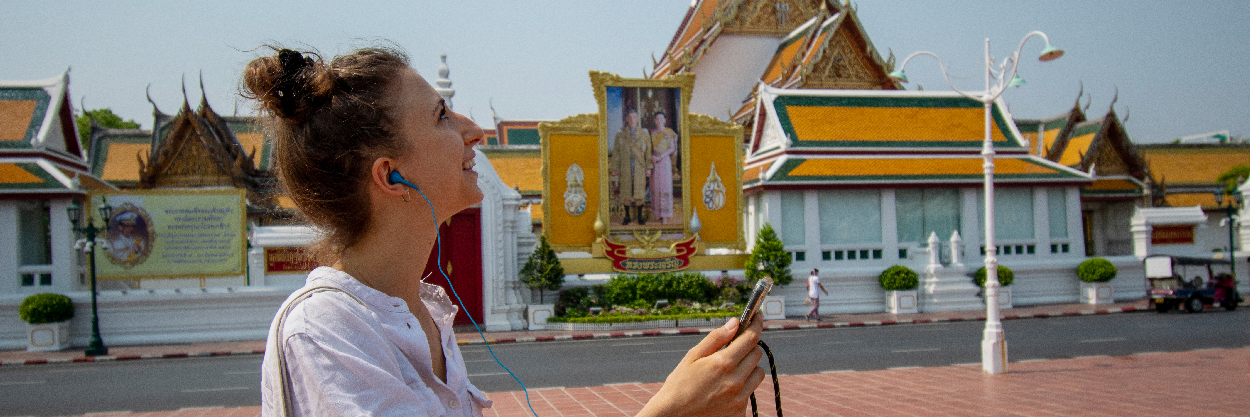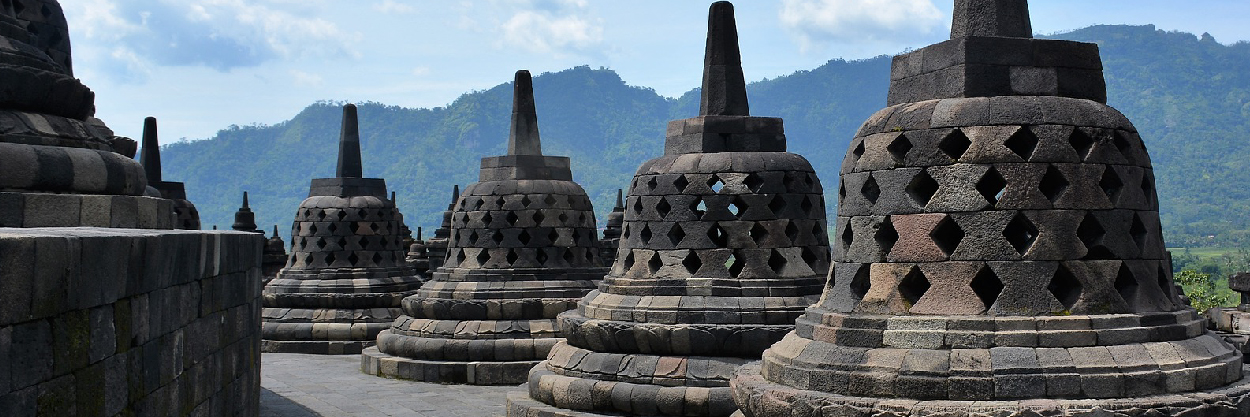Asian Trails and TTG: A Sustainable Talk
Asian Trails and TTG: A Sustainable Talk
Although the principles towards sustainable tourism remain intact, there are lots of developments going on towards a clearer definition to adhere to an ever-changing tourism climate.
Talking recently with TTG Asia, Asian Trails’ Group Sustainable Coordinator Ameer Virani brings forward the company’s drive in further etching its ESTEEM principles throughout the company. From past, present, and especially the future of operating sustainably, Ameer shares his vision, mission and core values for what lies ahead once the borders reopen.
1. Since the pandemic outbreak, there has been a greater drive for the tourism industry to shift from a sustainable tourism model to a regenerative one. What are your personal thoughts on this call for a paradigm shift?
I think this is a much-needed paradigm shift and a model that we should have been focusing on a long time ago. Personally, the reason I first got actively involved with responsible tourism back in 2011 was to use tourism as a tool for development.
Therefore, the principles of sustainability which involve leaving a place in the same condition as you found it were never sufficient for me. I guess I have always tried to focus my work on a regenerative tourism model, whereby the positive impacts of tourism outweigh the negative ones and do not simply compensate for them, however I have always communicated such actions as ‘sustainable tourism’ as it is the most well-known term.
I am glad that talk of ‘regenerative tourism’ is on the rise and hope that more and more tourism stakeholders will understand what it means and how it is different from, and an improvement on, simply developing tourism sustainably.
2. How would you personally define the difference between sustainable and regenerative tourism?
I think my above answer addresses this question.
3. You mentioned that towards the end of 2020, you started thinking about how Asian Trails can move from sustainability to regeneration, what prompted that desire and what does that shift entail?
Even before the end of 2020 I would say we were already trying to build a model more in line with the principles of regeneration over sustainability. We generally referred to this as ‘responsible tourism’ but found that ‘sustainable tourism’ was always the more generally accepted term by the industry.
So the move towards talking about regeneration came as a result of the launch of the regenerative travel movement in mid-2020 and growing awareness of the term and what it means. This helps us communicate more accurately what we are trying to do.
4. Could you share with us what regenerative tourism initiatives Asian Trails has introduced? And are there plans to ramp up the regenerative focus for 2021 and in the years ahead? And, if yes, how so?
In mid-2020 we launched a rigorous evaluation process of all our day excursions, multi-day tours and animal experiences to identify our most responsible products. Among several other criteria, our evaluation guidelines take into account direct support to small and social businesses, eco-friendly accommodation and transport, supporting community-based tourism, and financial or in-kind contributions to social or environmental causes. These guidelines will also help our teams develop more responsible and regenerative products in the future. Our process is of course not an exact science but we really want to highlight those products that we believe have net positive outcomes on local people and places.
This is definitely just the beginning and we plan to ramp up the process in coming years as our teams become more familiar with the principles of regenerative tourism and how they can affect the products we sell.
Additionally, we launched a refillable water bottle initiative in early 2020 (yet to be fully implemented because of coronavirus). Our initiative does not only aim to reduce the use of single-use plastic bottles which I would say is more an example of sustainability. We intend to also regenerate by donating 1 USD from the sale of each refillable water bottle to a local drinking water or plastic reduction project to ensure wider community and environmental benefits.
5. Regenerative tourism is seen to be even more important as it is anticipated that travellers will be looking for more meaningful and purpose-driven experiences for their post-vaccine travels. What is your take on this, and how do you think adopting regenerative principles will benefit tourism businesses like Asian Trails?
I appreciate that the virus has played a major role in getting people to think about regenerative tourism. I feel that the benefits for the environment will be more immediate as people hopefully travel less frequently but for longer durations as part of the ‘slow travel’ concept. I foresee a greater respect for nature as well. However, I think local communities will have to wait a while to experience the benefits of regenerative principles.
I fear that the world’s most tourism-dependent communities will not be top of travellers’ lists as they will prefer less-visited destinations to begin with. Regenerative travel might be good for some communities right from the beginning of the recovery, but probably not those communities that need and deserve it most. Regeneration should be about a different way of travel, not just travelling to different places.
With regards to how adopting regenerative principles will benefit Asian Trails, I think the answer is simple. An increased focus on creating meaningful and purpose-driven experiences will allow us to create better products for our travellers. I have always believed that sustainable or responsible tourism are not just good for people and the planet, but good for business. This applies for regenerative travel as well, on an even greater scale perhaps.
6. How far do you think that Asia-Pacific tourism players have gone on the regenerative travel front, and how can they be encouraged to adopt regenerative practices?
There is a lot of work still to be done and I believe that the beginning of the tourism recovery will be predominantly about numbers and taking all possible steps to regenerate revenue. Once businesses start to get back on their feet and travellers feel comfortable travelling again, I hope that they will start to think about regenerative travel and doing more than just compensating for negative impacts, as was often the best case scenario in the past. On a ground level in the Asia-Pacific, this is not being done yet and only talked about by a select few.
I think consumers will be able to drive the regenerative travel trend, along with local governments who will hopefully play a more active and effective role in destination management in the future. A limited number of business will set the trend but others will only follow if consumers and those managing destinations drive them in the right direction.
7. What lessons in regenerative travel can Asian Trails share for the rest of the industry to pursue this goal?
As a DMC, we can only speak for our sector and the one thing I would say is that our position in the supply chain puts us in a strong position to make a change because we can manage every step of the supply chain in a travel destination. What we all need to do is a thorough evaluation of our supply chain, as Asian Trails is doing with its tourism products, in order to identify where improvement is needed and those suppliers that can help us move towards a more regenerative model.
For example, we need to know which of our hotel partners are adopting eco-friendly practices. We need to know where the money we pay to our excursion suppliers is going to identify and prefer those that maximize community benefits. We need to train our tour guides on how to maximize the positive impacts of the trips we operate on the ground.
Knowledge is power and every DMC has a responsibility to use their knowledge to be a powerful driver of regenerative tourism. It is in the best interests of our destinations and, as a result, our bottom line. Regenerative tourism is a no-brainer. Simply being sustainable is no longer good enough and never should have been considered that way.


